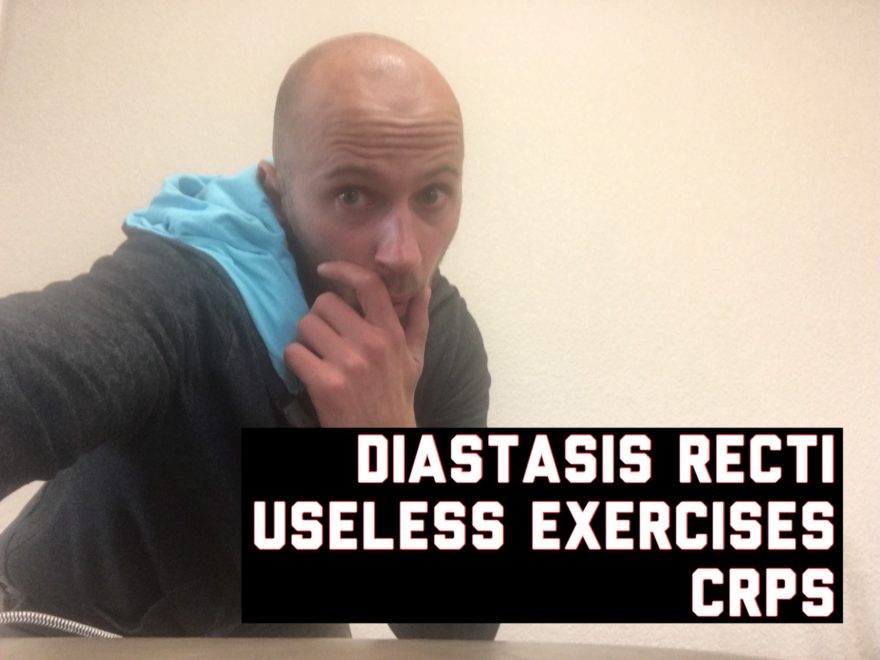Tag: Mirror therapy

Diastasis Recti, Useless Exercises, and CRPS – Movement Debrief Episode 45
Movement Debrief Episode 45 is in the books. Below is a copy of the video for your viewing pleasure, and…
Course Notes: Graded Motor Imagery
I recently attended another great course through the NOI Group called “Graded Motor Imagery” (GMI) taught by Bob Johnson. These…
